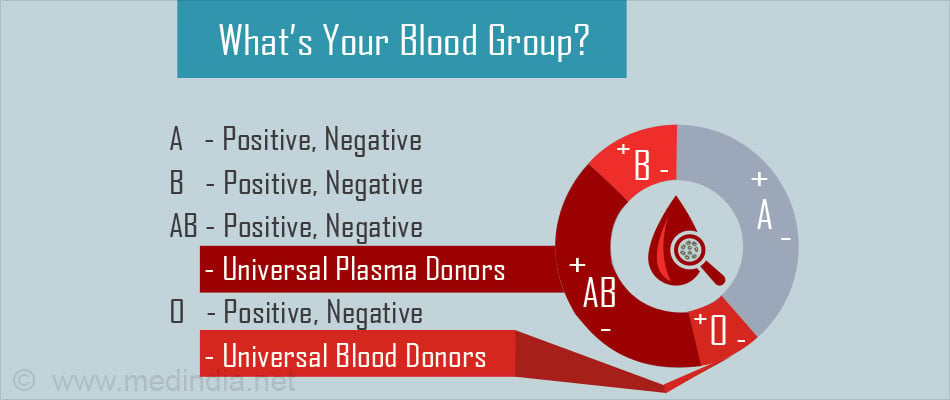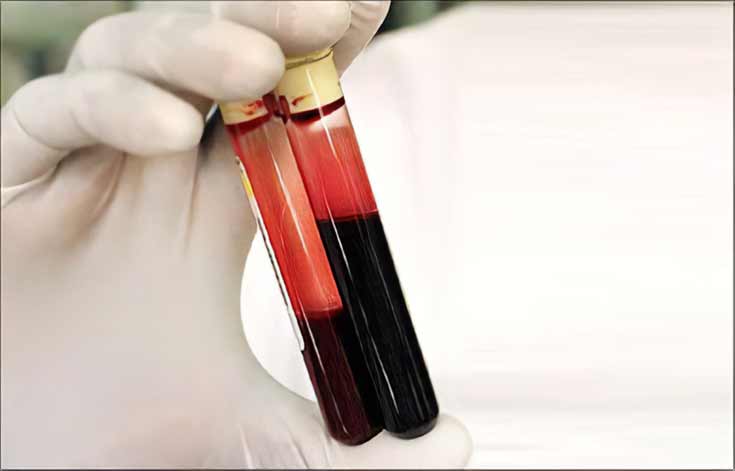Blood Groups
Human blood is categorized into two main groups-The ABO group and the Rh group.

For all intents and purposes, Blood in humans is categorized into 4 subgroups – A, B, O and AB. Each of these groups may be Rh positive or Rh negative depending on the presence or absence of the Rhesus factor, which is believed to have come from the Rhesus monkeys.For example there may be individuals who may be A+ve or A-ve depending on the Rhesus factor. This applies to B, AB and O groups too. Some other categorization such as the MN blood groups are also recognized. These blood groupings are very handy when it comes to decisions regarding blood transfusions.
O group individuals are called ‘Universal Donors’ and AB group called ‘Universal recipients’. But this rule is applied only in extremely trying circumstances. It is always wise to transfuse an individual with blood from the same group blood.

For all practical and routine purposes, it is ideal to transfuse to the patient the same group of blood which he belongs to. It is only under very dire emergency that we take O group as universal donor and AB groups as universal recipient. A group individuals have anti-B antibodies while B group people have anti-A antibodies. O, A and B group individuals must always be transfused with the same blood group.
Rh negative patient cannot receive blood from a positive individual. Any change in transfusion will result in antigen-antibody reactions which will lead to serious consequences.












